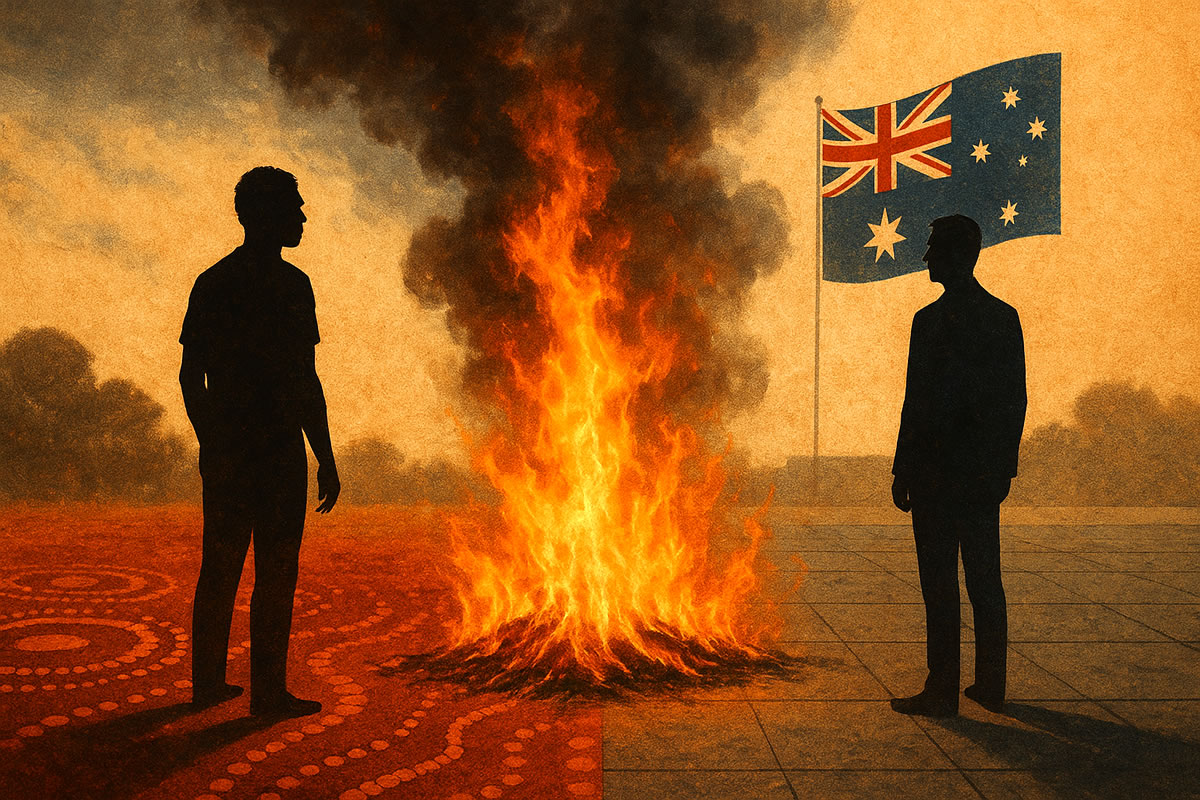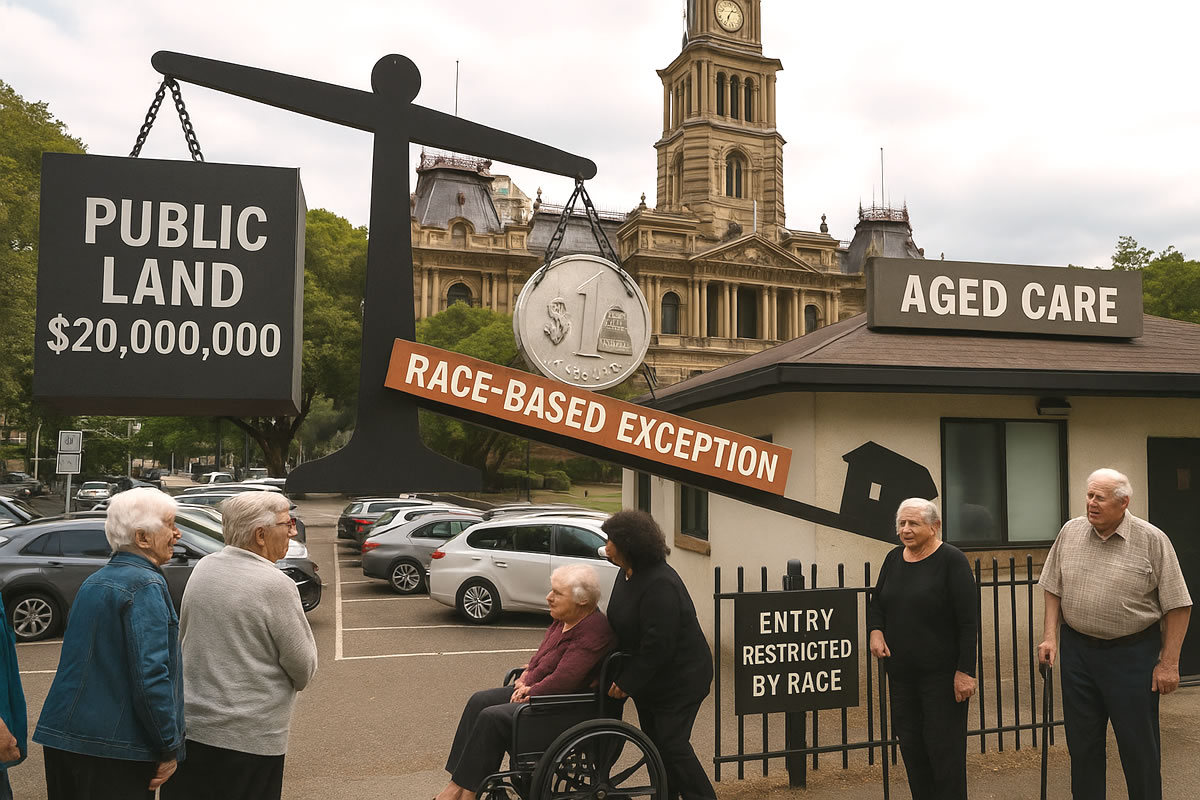In recent years, the ‘Welcome to Country’ ceremony has become a ubiquitous feature of Australian public life. From parliamentary openings to sporting events, school assemblies to corporate meetings, these acknowledgments are intended to pay respect to the Traditional Custodians of the land. However, as their prevalence has increased, so too has the debate surrounding their purpose and impact.
Proponents argue that these ceremonies are a vital step towards reconciliation, recognising the enduring connection of Aboriginal and Torres Strait Islander peoples to the land. They see it as a gesture of respect and an opportunity to educate the broader public about Indigenous cultures and histories. Indeed, the modern ‘Welcome to Country’ origins can be traced back to the 1970s, with notable figures like Richard Walley and Ernie Dingo playing pivotal roles in bringing these practices into mainstream awareness.
Yet, critics contend that the ceremony has evolved into a performative act, lacking genuine engagement and, in some cases, fostering division rather than unity. They question whether the repeated emphasis on ancestral ownership and historical grievances serves to unite Australians or inadvertently segregates them along cultural lines. The sentiment of being “welcomed to one’s own country” has been expressed by various public figures, reflecting a discomfort with the implication that non-Indigenous Australians are perpetual guests in their homeland.
This tension was notably highlighted during an Anzac Day service in Melbourne, where a ‘Welcome to Country’ ceremony was met with jeers from some attendees. While the incident was widely condemned, it underscored the growing unease among certain segments of the population regarding the ceremony’s place in national events.
Public opinion appears divided. A recent poll (from news.com.au) indicated that a significant portion of Australians believe the ceremony is overused, with some advocating for its reduction or removal from certain events. This perspective is not limited to the general public; political figures have also weighed in. Opposition leader Peter Dutton has described the ceremonies as “overdone,” suggesting they be reserved for significant occasions.
Further complicating the discourse is the concern over the commercialisation and potential misrepresentation of Indigenous traditions. The Juru people of the Burdekin region, for instance, voted to ban ‘Welcome to Country’ ceremonies on their ancestral land, citing embarrassment and the misuse of the practice by individuals without genuine ties to the community.
Amidst these debates, it’s essential to recognise the ceremony’s intended purpose: to honour the deep spiritual and cultural connection Indigenous Australians have with the land. However, as the nation grapples with questions of identity, inclusion, and historical acknowledgment, the challenge lies in ensuring that such practices foster genuine understanding and unity, rather than becoming sources of contention.
As Australia continues its journey towards reconciliation, open and respectful dialogue about the role and execution of ‘Welcome to Country’ ceremonies is crucial. Only through such conversations can the nation hope to bridge divides and build a more inclusive future for all its citizens.







